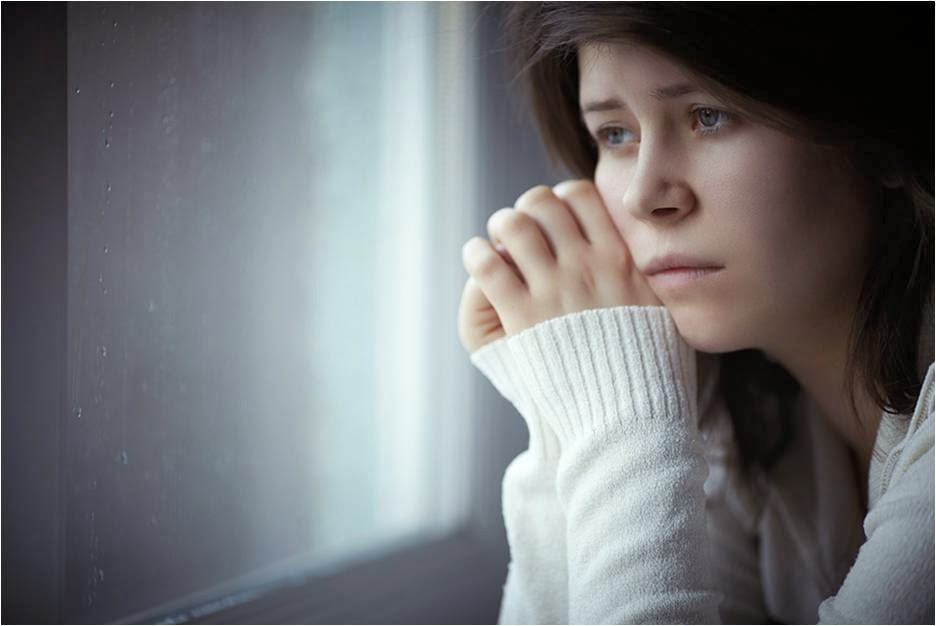
With cold weather’s arrival in Laramie, potential for new forms of depression increases.
Seasonal Affective Disorder (SAD), is most commonly a form of depression, but can be linked to bipolar disorder as well. The condition is influenced by the seasons and it begins and ends around the same time each year.
“The most common type recurs in the fall and appears to be associated with a decreased amount of ambient light, so when the days get shorter,” Director of Student Health Services Joanne Steane said. “But there is also one that occurs in the spring.”
In spite of sub-zero weather throughout the region, cases of SAD are still rare.
SAD affects only about one percent of people and it is more common in females then it is in males. Though commonly viewed as a reaction to changes in temperature or the weather, it is actually due to changes in sunlight.
“It is more prominent the further away you are from the equator so it is a lot more prominent up near the Arctic Circle and the farther north you get,” psychology professor Carolyn Pepper said. “We are a little bit protected here in Wyoming because we get a lot of sunlight during the day.”
It is normal for people to have their mood go down slightly and to feel slower during the winter, but for people with Seasonal Affective Disorder it starts to interfere with their daily activities such as schoolwork and their jobs.
Those that really suffer from SAD start to notice an onset of symptoms in September and October. Symptoms are fairly similar to those of depression, but differ slightly on a few points.
“The symptoms are a little bit different then regular depression where typically people have trouble sleeping and don’t eat as much,” Pepper said. “With Seasonal Affective Disorder it is the opposite of that. They sleep too much and eat a lot more then normal and gain weight. It sort of looks like a hibernation almost.”
Multiple treatments are available for the condition.
“It can be treated with cognitive behavior psycho therapies,” Pepper said. “It can be treated with medications and it can also be treated with light box therapies where you sit in front of a full spectrum light in the morning to kind of mimic the sun coming up.”
If you notice that you have had similar recurring symptoms you should contact your health care provider.
“If people have that pattern, where they start to feel low in the fall, they should get in to seek treatment early,” Pepper said. “Especially if they see this happen year after year.”



